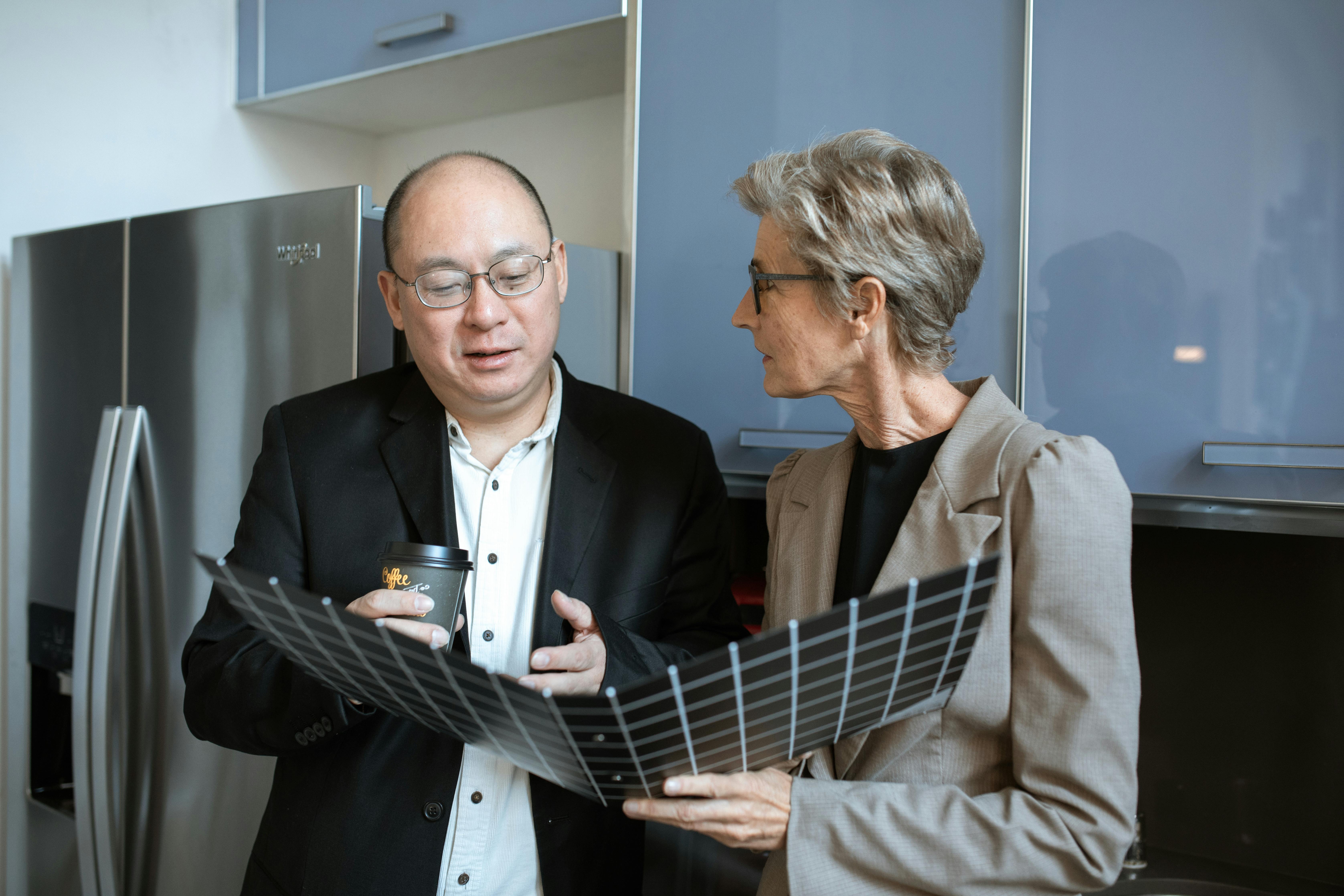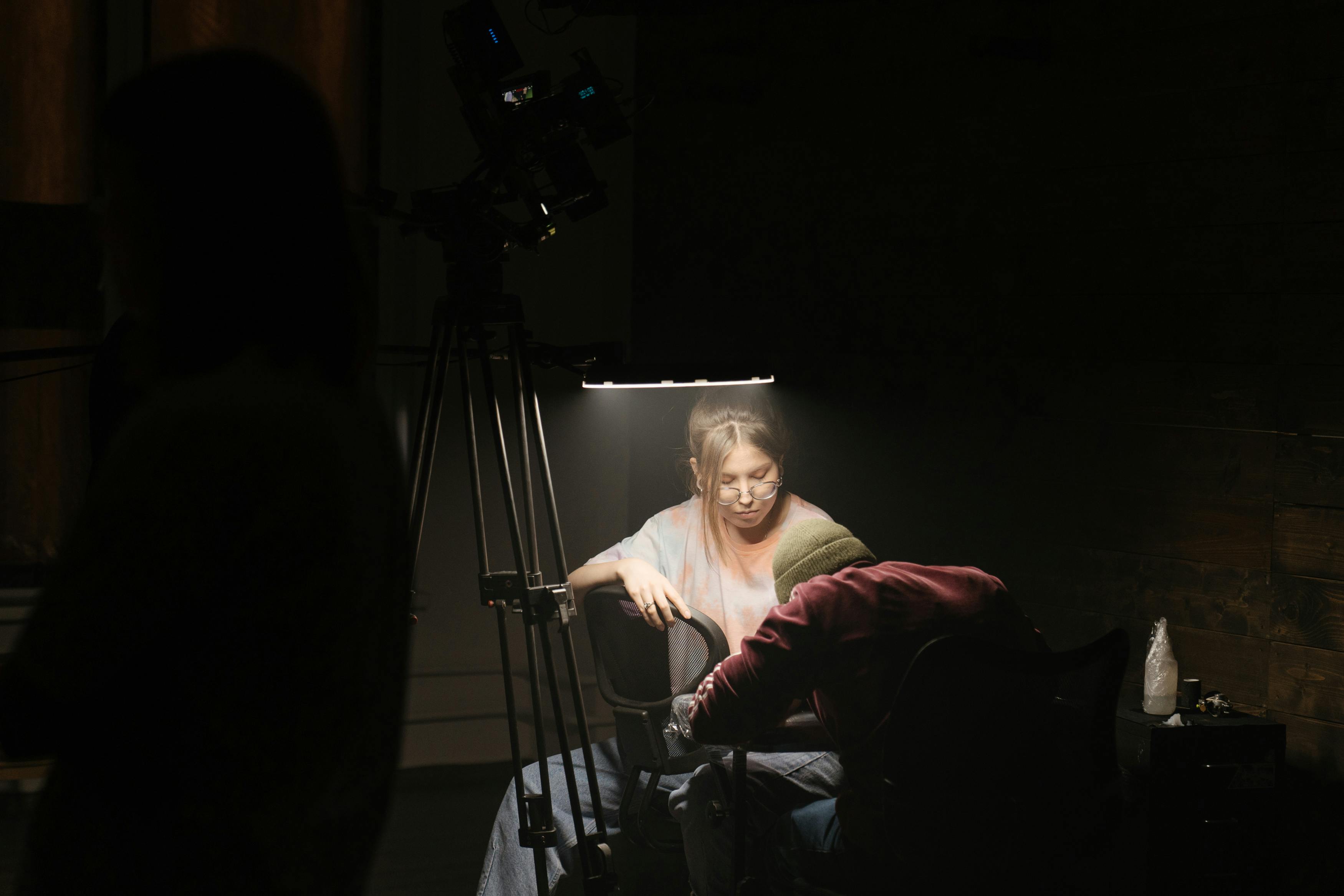
Wisdom of the water
admin
- 0
That our local community (Canberra, Australia) is considering building a new dam is a sad reflection of generations of government inaction and individual indifference. Governments have taken little action to promote water conservation, and have even positively discouraged citizens from installing water tanks until relatively recently.
As individuals, we have been seduced by a couple of hundred years of almost free water available at the turn of a tap. This pattern has been repeated in much of the industrialized world. Across our world, we are faced with falling dam levels, depleted aquifers and rising consumption. Whatever the outcome of the climate change debate, sheer population growth in almost all regions is enough to create continued upward pressure on water demand. We are considering new dams, desalination plants and more to address our water supply shortfall.
If we are going to need a new dam or desalination plant at some point, the question is when and when will we have to go through the whole process again. The answer depends on the actions we take as a community and as individuals to change the way we use, collect and reuse water. The more we can do individually, the longer we can postpone the need for expensive infrastructure projects that often have unfortunate environmental consequences. What can we do?
There are three obvious areas where we can act effectively as individuals.
– reduce our water consumption
– catch and use as much rainwater as possible in our block
– reuse as much water as possible before it leaves our block.
Reduction of water use.
There are plenty of habits that can be changed, like letting the water run while we brush our teeth or peel our potatoes, or our peculiar attachment to lawns that are best suited to the English climate. The average family even wastes something like 4,500 gallons (20,000 liters) of water a year while waiting for the hot tap to produce hot water! In addition to our ability to reduce water usage when changing clothes, there are many products that can be installed that can make a big difference to your water usage.
– replacement valves for washers and aerator faucets can dramatically reduce water usage
– good low-flow showerheads can save the average family more than 40,000 liters (9,000 gal) a year
– installing new dual-flush toilets can dramatically reduce water use by tens of thousands of liters per year
– hot water recirculators can make dramatic savings
Catch and use rainwater on our block.
An average house with a total roof area of 160 m2 (1720 sf) has the potential to collect around 80,000 liters (18,000 gal) per year if the annual rainfall is around 500 mm (20″). it’s water that can go to the garden, flush toilets, run washing machines, or even supply an entire home. Every case is different, but there is hardly a home that can’t make a big dent in their water use by installing water tanks. Fortunately, many governments and municipal agencies now provide rebates to help homeowners install tanks In a pioneering agreement with a local land developer, our company is supplying more than 1,000 compact water tanks to homes in their developments that flush toilets with rainwater, not drinking water An average family could see 20,000 liters (4,500 gallons) a year from their water bill.
Reuse of gray water in our block.
This is the big one. Normally 35 to 45 gallons (150 to 200 liters) of sewage per person per day is allowed to leave our homes. That’s 600 to 800 liters per day for a family of four, or 50 to 65,000 gallons (219 to 292,000 liters) per year! About 25% of that is ‘black water’. Most black water comes from the toilet and obviously should not be used. The rest of the water that we do not want to reuse comes from the kitchen. Due to the fats and organic material that falls down the kitchen sink, it is advisable to exclude kitchen water from our calculations. That still leaves a large volume of usable water coming out of our blocks, around 40-50,000 gallons (150-220,000 liters) a year.
Until recently, there was no convenient and affordable way to reuse greywater in our gardens. Sure, you can always hook up a hose from the washing machine or have a bucket in the shower with you to catch some of that water. You could buy a diverter valve for a few tens of dollars. For those with money to burn, they could spend thousands of dollars on anything from hobbyist inventions to a home aerated water treatment system. We had options that were convenient but not affordable, or affordable options that weren’t convenient. As an entrepreneur with many years of experience, he knew that the market was there, waiting for the right product at an affordable price. We found it a few months ago.
Newly developed products on the market mean that the average household can now do most of their garden irrigation with a greywater reuse system at a reasonable price. For the Australian market, we are shipping a compact system called the eco-Care greywater diversion system. The eco-Care has a pump that automatically sends gray water to the garden as it is produced. It also has a timer that automatically activates every 24 hours, ensuring gray water leaves the system before it turns into black water. The price is 879 Australian dollars, equivalent to around 650 US dollars at today’s exchange rate. It’s definitely mass-market affordable, and customer interest and sales have been great.
Some words of caution. Greywater systems are a ‘grey area’. There are a number of issues to consider if we want a gray water system to give the best results.
– attitude of local authorities. These agencies are responsible for plumbing standards and health matters. Some are progressive, some are firmly rooted in the past.
– health problems. Ideally, greywater should be reticulated underground to avoid human contact and not come into contact with any vegetables or fruits.
– filtration problems. Laundry water contains lint. Bath water contains hair. Both can block distribution pipes with small holes.
– Chemistry problems. The soaps and detergents we use produce gray water that is alkaline. The degree of alkalinity varies greatly from one product to another. Sew products with low levels of sodium and phosphorous. Why? Because different plants prefer different acid-alkaline (pH) balances. Putting highly alkaline water on acidic plants will not get the result you want.
While we keep in mind the issues in the last paragraph, greywater reuse offers us a wonderful opportunity to maintain the kind of gardens we want, without wasting a single drop of precious drinking water.
We are just one of many great businesses that can help customers dramatically reduce their water needs. While governments are doing some good things and could do more, it is now up to us as individuals. If we continue ‘business as usual’, then we must get used to building (and paying for) new dams and infrastructure. Look how those taxes go up. The most responsible course is to change the way we act, and the way our homes run, to reduce our need for off-the-block water. If we give the wrong answers, even do nothing, our kids will pay those damn bills forever!

